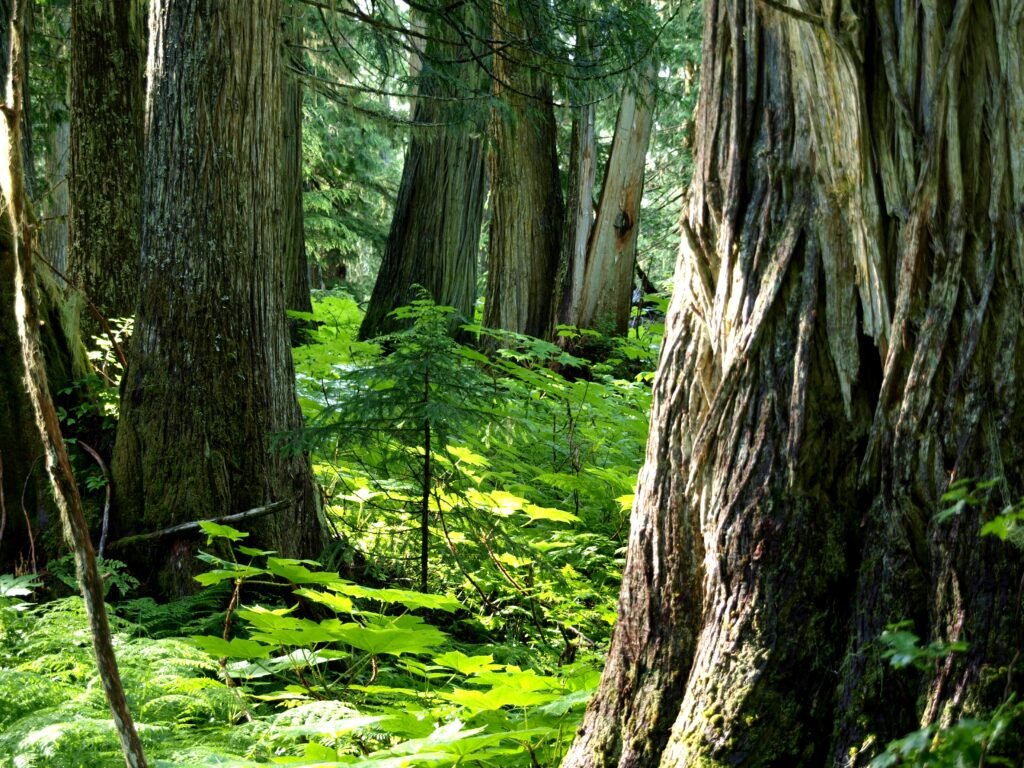In the lush, green realms of the Earth, where the whispers of ancient times echo through the leaves, stand the majestic redwoods. These towering giants have witnessed the passage of time like no other, having graced the planet since the era when dinosaurs roamed the earth. Imagine, for a moment, the same trees that shaded the mighty Tyrannosaurus rex now casting their shadows over the modern world. This remarkable continuity of life is not just a testament to the resilience of nature, but also a fascinating glimpse into a world long gone.
The Ancient Origins of Redwood Trees
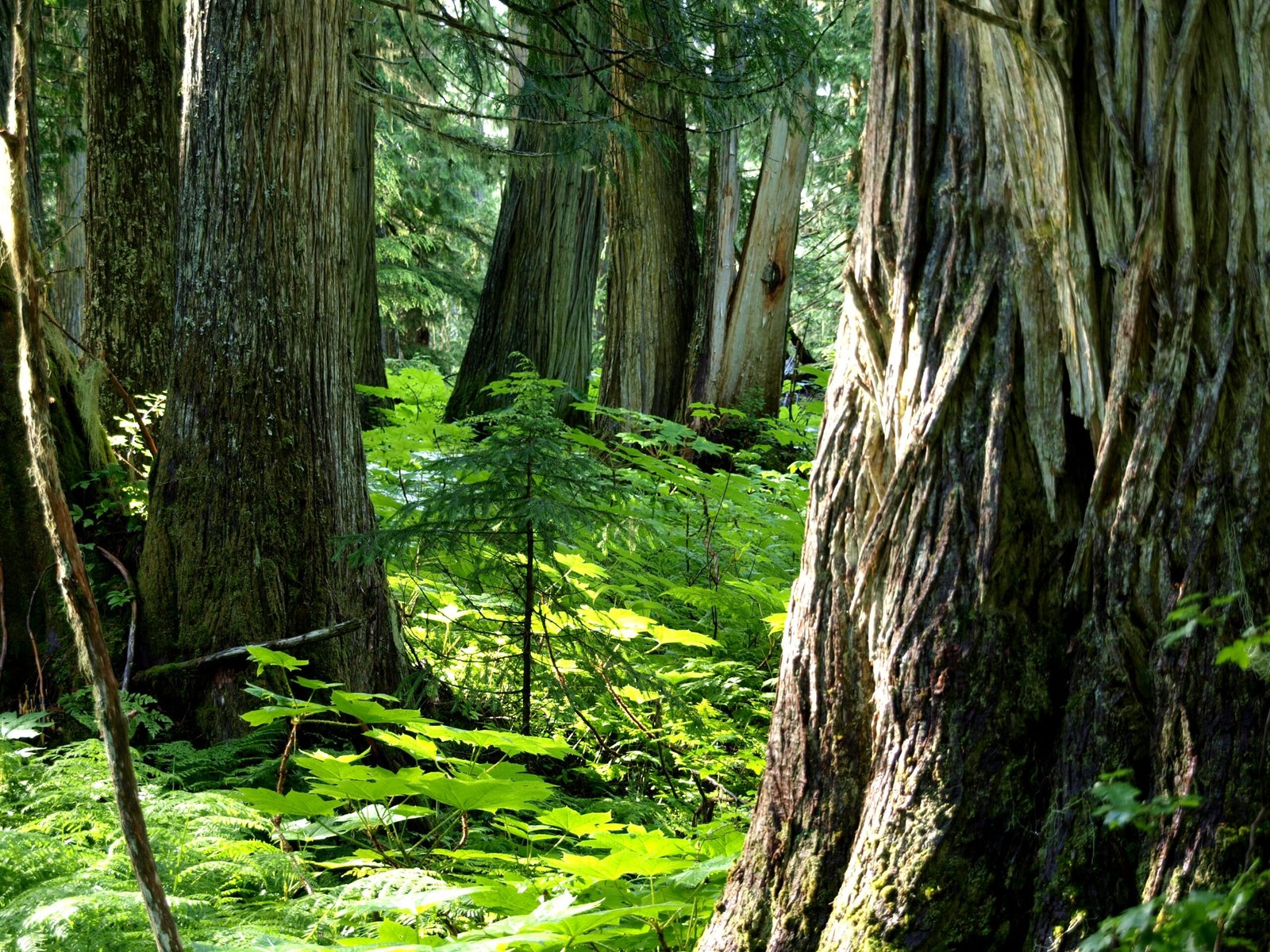
Redwoods, scientifically known as Sequoia sempervirens, have roots that dig deep into the ancient fabric of Earth’s history. These trees first appeared during the Jurassic period, roughly 200 million years ago. At that time, dinosaurs were the dominant creatures on Earth, and redwoods thrived in the warm, humid climates that covered much of the globe. This era set the stage for the redwoods’ adaptability, allowing them to survive the drastic changes in climate and geography that followed. Their ability to endure is akin to an ancient storybook, with each growth ring telling tales of survival and resilience.
The Unique Adaptations of Redwoods

One of the key reasons redwoods have persisted through the ages is their unique adaptations. These trees have developed a thick, fibrous bark that protects them from fires, pests, and diseases. This bark can be up to a foot thick, acting as a natural armor against the elements. Additionally, redwoods have a remarkable ability to regenerate. Even if a tree is damaged or cut down, new shoots can sprout from the base, ensuring the continuation of their lineage. This regenerative ability is like nature’s own insurance policy, preserving these ancient giants for future generations.
The Role of Redwoods in the Ecosystem
Redwoods play a crucial role in their ecosystems, providing habitat and sustenance for a myriad of species. Their towering canopies create a microclimate that supports a diverse range of flora and fauna. The fallen leaves and branches enrich the soil, promoting the growth of understory plants. Moreover, redwoods are home to various bird species, insects, and mammals, each relying on the tree for shelter and food. This symbiotic relationship highlights the interconnectedness of life, where each organism plays a part in the larger tapestry of the ecosystem.
The Threats Facing Modern Redwoods
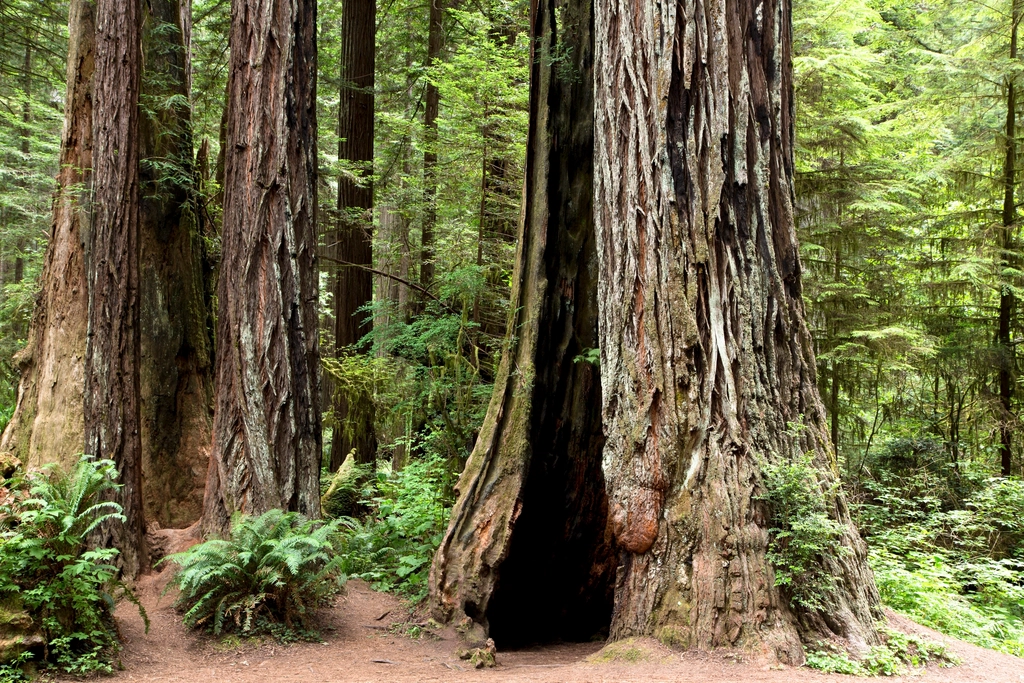
Despite their ancient resilience, redwoods face significant threats in the modern world. Deforestation, climate change, and urban development have all contributed to the decline of redwood populations. These challenges are akin to a modern-day battle, where the very existence of these ancient trees hangs in the balance. Conservation efforts are critical to preserving these natural wonders, ensuring that they continue to stand tall for future generations to admire and study. It’s a race against time, where the stakes are high, and the outcome uncertain.
The Fascinating Lifespan of Redwoods
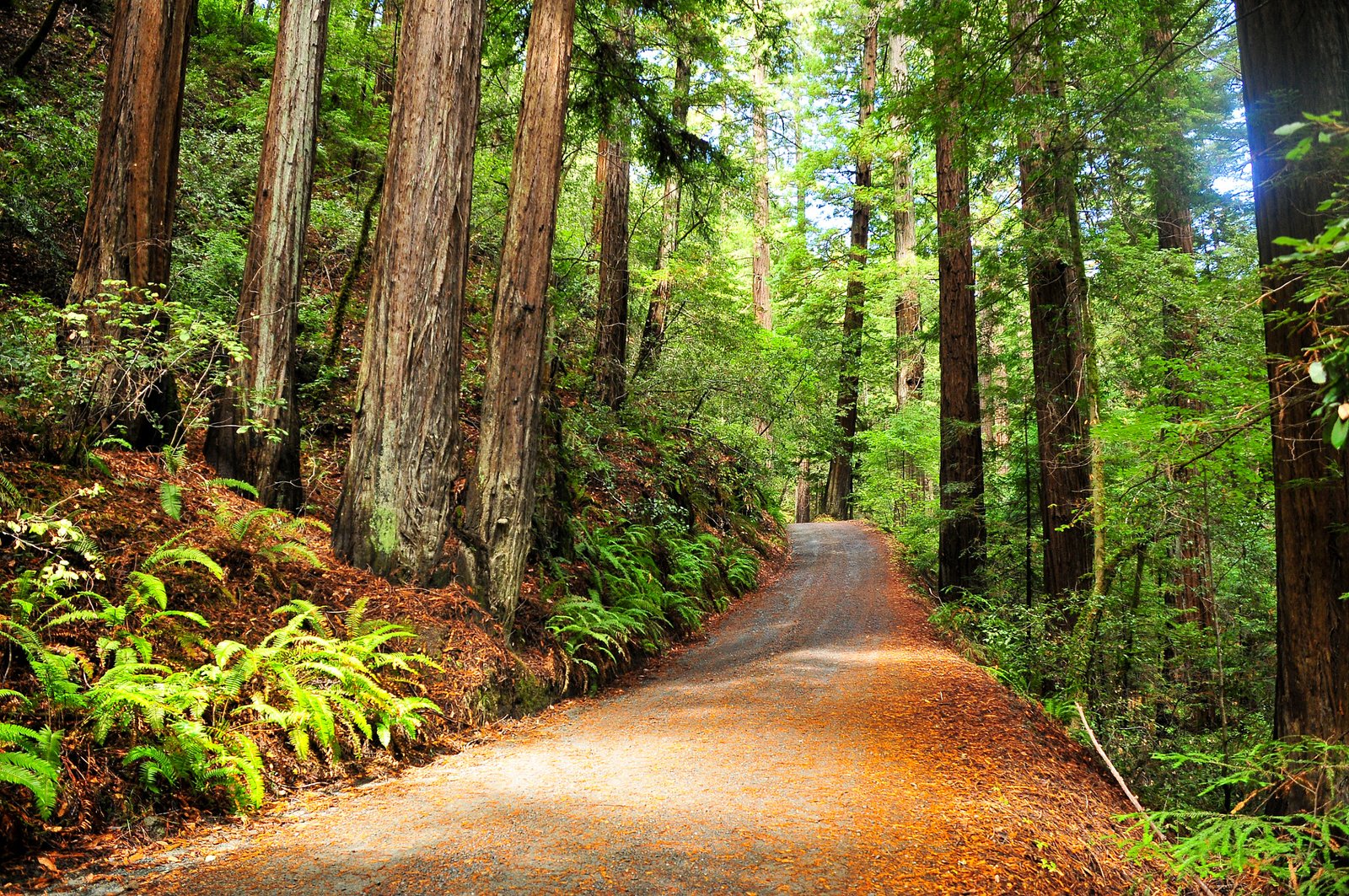
Redwoods are known for their impressive lifespans, with some trees living for over 2,000 years. This longevity is a testament to their enduring nature and ability to weather the storms of time. Imagine the stories these trees could tell, having witnessed the rise and fall of civilizations, the birth of new species, and the ever-changing face of the Earth. Their longevity is a beacon of hope, reminding us of the resilience of life and the potential for growth and renewal, even in the face of adversity.
The Cultural Significance of Redwoods

Throughout history, redwoods have held a special place in the hearts and minds of humans. Indigenous cultures revered these trees, viewing them as sacred and imbued with spiritual significance. The towering presence of redwoods has inspired countless artists, writers, and poets, capturing the imagination of all who stand beneath their branches. These trees are more than just a part of the natural world; they are a symbol of strength, endurance, and the timeless beauty of nature. Their cultural significance is a testament to the profound impact these ancient giants have had on human history.
The Scientific Study of Redwoods
Scientists have long been fascinated by redwoods, studying their biology, genetics, and ecology to unlock the secrets of their survival. Research has revealed that redwoods possess unique genetic traits that contribute to their resilience, such as their ability to store large amounts of carbon and resist disease. These discoveries are not only valuable for understanding the past but also hold potential for addressing modern environmental challenges. The study of redwoods is a journey into the heart of nature, where each finding brings us closer to understanding the complex web of life.
The Role of Redwoods in Carbon Sequestration
Redwoods are not only giants in stature but also in their ability to sequester carbon. These trees play a crucial role in mitigating climate change by absorbing large amounts of carbon dioxide from the atmosphere. Their massive trunks and extensive root systems store carbon for centuries, making them vital allies in the fight against global warming. This natural process is a reminder of the interconnectedness of life, where the actions of one species can have a profound impact on the entire planet. The role of redwoods in carbon sequestration is a testament to their importance in the modern world.
The Future of Redwoods in a Changing World
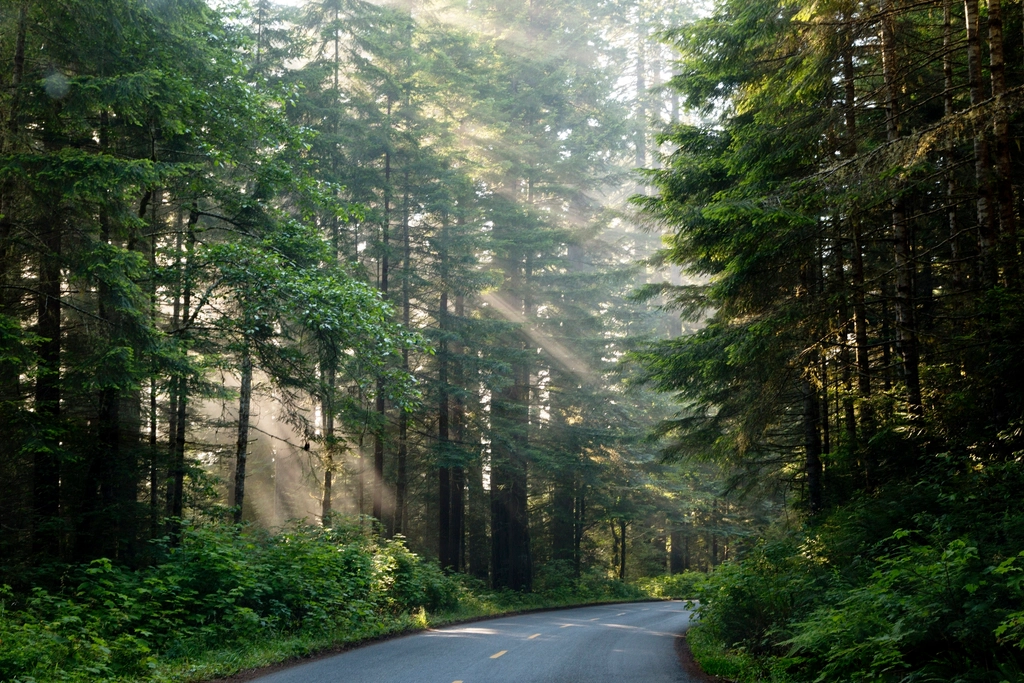
As the world continues to change, the future of redwoods remains uncertain. Climate change, habitat loss, and human activity pose significant challenges to these ancient trees. However, there is hope. Conservation efforts, such as protected areas and sustainable forestry practices, are working to preserve redwood populations. These efforts are a testament to the power of human ingenuity and the desire to protect the natural world. The future of redwoods is a reflection of our commitment to preserving the planet for future generations, ensuring that these ancient giants continue to stand tall.
The Legacy of Redwood Trees
The legacy of redwoods is one of resilience, endurance, and beauty. These ancient giants have stood the test of time, bearing witness to the ever-changing face of the Earth. Their presence is a reminder of the power of nature and the importance of preserving the natural world for future generations. The legacy of redwoods is not just a story of survival, but a testament to the interconnectedness of life and the enduring beauty of the natural world. As we stand beneath their towering canopies, we are reminded of the timeless wonder of nature and the potential for growth and renewal in the face of adversity.

